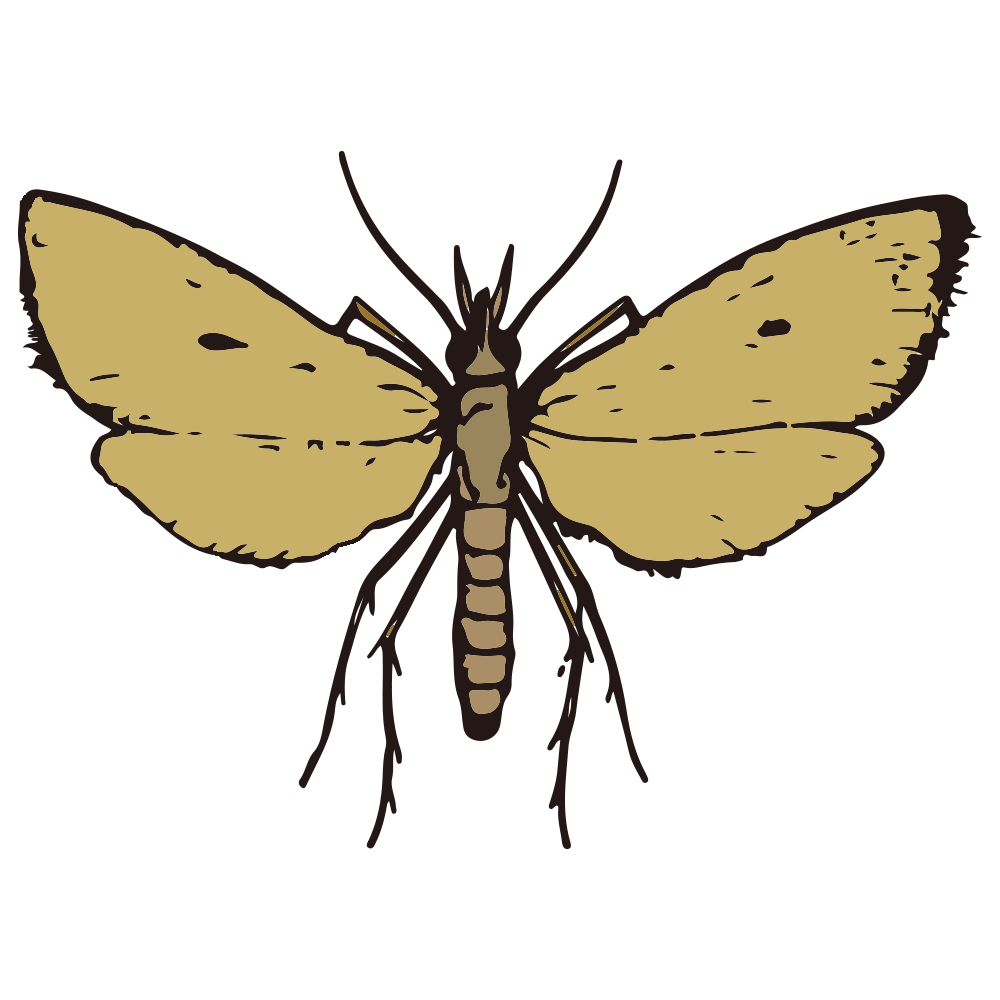


| Latin Name | Scirpophaga incertulas |
| Common Name | Yellow stem borer |
| Biology | Chilo suppressalis is highly host-specific, damaging only rice stems. Larvae rapidly bore into stems, leaving only small water-soaked holes externally (inaccessible to conventional sprays). Generations per year vary significantly by climate (5-8 in tropics, 3-4 in temperate zones), with females laying 80-200 eggs per clutch—eggs are well-hidden in leaf sheath interiors or rice clump bases—and overlapping generations are common. Adults are sensitive to white light, flying <1m above ground (dispersal radius: 50-100m), using cis-11-hexadecenol (Z11-16:OH) for intraspecific communication, and exhibit strong phototaxis and low-altitude aggregation. Field distribution is concentrated yet cryptic (larvae remain inside stems, with only small external holes), requiring precise monitoring and targeted control to block stem-boring damage. |
| Damage | This pest primarily damages rice plants, but also affects water bamboo, corn, and other Poaceae plants. |
| Distribution Regions | Rice-growing regions of Southeast Asia |
| Monitoring | Pheromone lures mimic natural sex pheromones to attract male insects into specialized traps for population monitoring and suppression. As a core IPM component, monitoring enables early risk detection and targeted control. Mass trapping reduces mating opportunities to curb offspring populations. Protocols: ●Use only with matched traps. ●15-45 traps/hectare,replace/replenish every 4-6 weeks. ●Wear gloves or wash hands with detergent when switching lure types. ●Refer to trap-specific hanging instructions. |
| Recommended Traps | Delta Trap, Wing Trap |

ご連絡先情報をご提供ください。精密にマッチしたフェロモンソリューションをご提供します。当社の既存ポートフォリオに最適なソリューションが見つからない場合、合成化学チームが分子構造設計から量産まで一貫してカスタム開発を実施いたします。